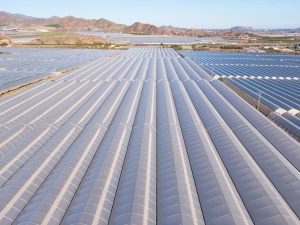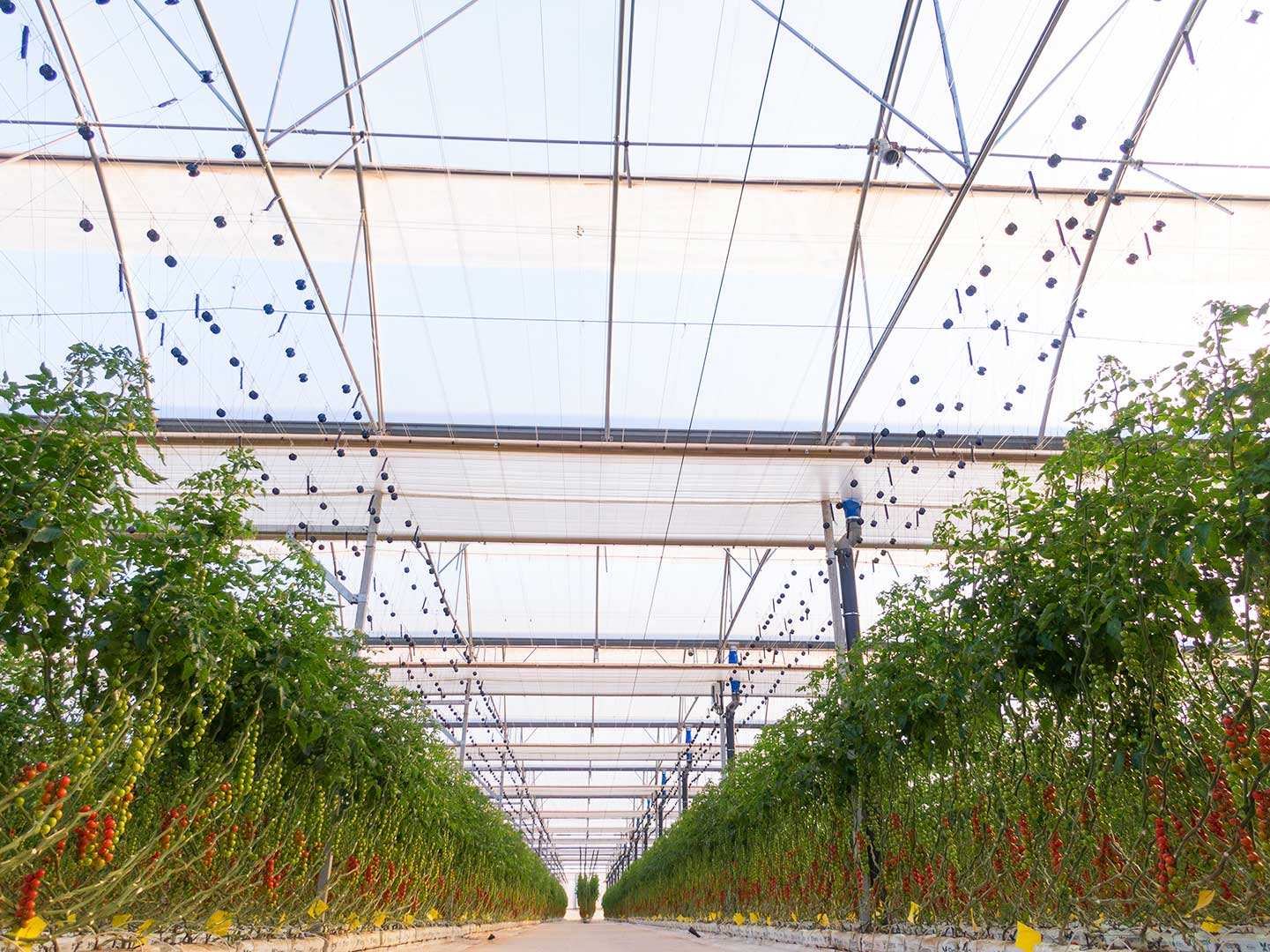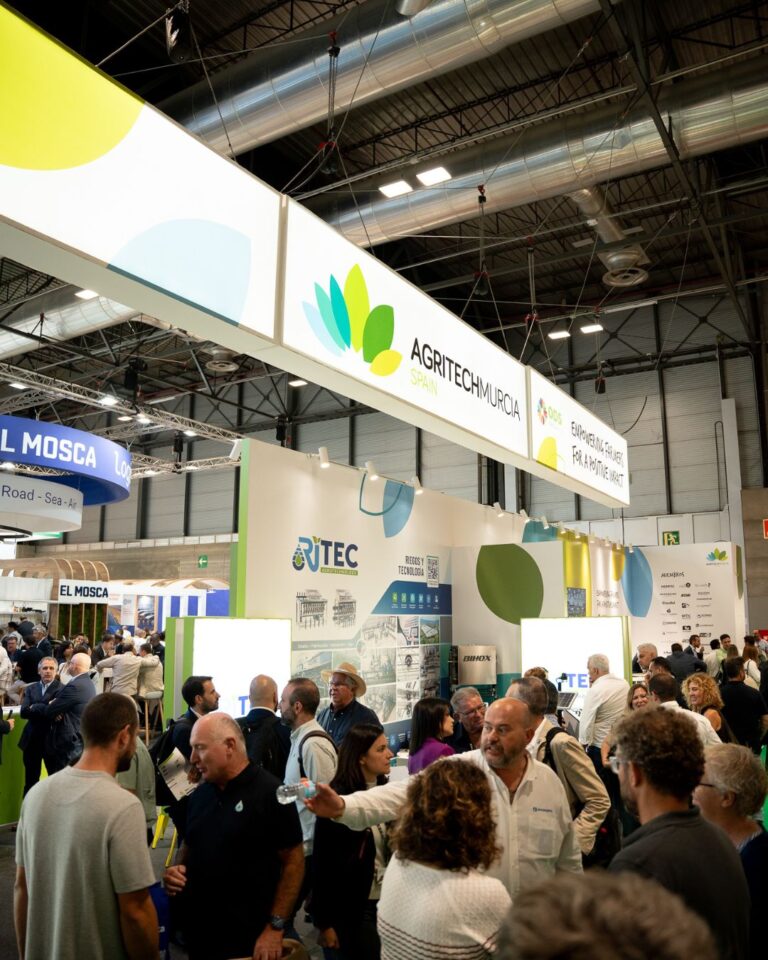Novagric, a member of AgritechMur, designs and manufactures a technologically equipped ten-hectare greenhouse that reduces the water footprint
With the aim of achieving a more efficient and environmentally sustainable digitalised agriculture, Novagric, , a member of AgritechMur , has designed and manufactured a technologically equipped greenhouse for tomato production in the Region of Murcia. The first results, after its commissioning, demonstrate its profitability with a lower use of water and energy and an increase in production of 20 percent compared to traditional greenhouses.
It should be noted that the project has been developed in the Region of Murcia, a basin with a water deficit, so the search for efficient irrigation solutions is of vital importance. To meet the challenges, the greenhouse has been equipped with the latest technologies to optimise resources, seek better climate control and higher yields in cultural work.

The installation occupies a total of ten hectares, “with a surface area per module of two hectares to make technical and agronomic management compatible with economic profitability,” points out Juan Pardo, head of innovation and greenhouses at Novagric. In addition, the design has sought to maximise solar radiation by reducing the number of obstacles to the entry of light to make it easier for the plants to photosynthesise.
To contribute to more efficient climate management, passive ventilation systems, automatic energy-saving screens, temperature and humidity probes and a climate station have been installed. All the technology is controlled by climate and irrigation software, which allows all parameters to be measured, programmed and analysed and facilitates decision making.
They are currently producing cherry tomatoes with hydroponic and automatic drip irrigation, with exhaustive control of drainage and fertilisation to optimise water consumption to the maximum and achieve a zero grey water footprint.
For pest control, biological control measures and zero residue products have been chosen to reduce the use of phytosanitary products as much as possible.
The results that are being obtained are having an impact not only on the increase in production but also on the improvement of cultural work, allowing higher trellising, obtaining more bunches, increasing the speed of flowering and the quality of the plant.
The project has been designed for the fruit and vegetable the fruit and vegetable group la Paloma , dedicated to the production and marketing of fruit and vegetables, and which sells more than 90 percent of its production to Europe, has always stood out for its clear commitment to the sustainable development of its crops.








